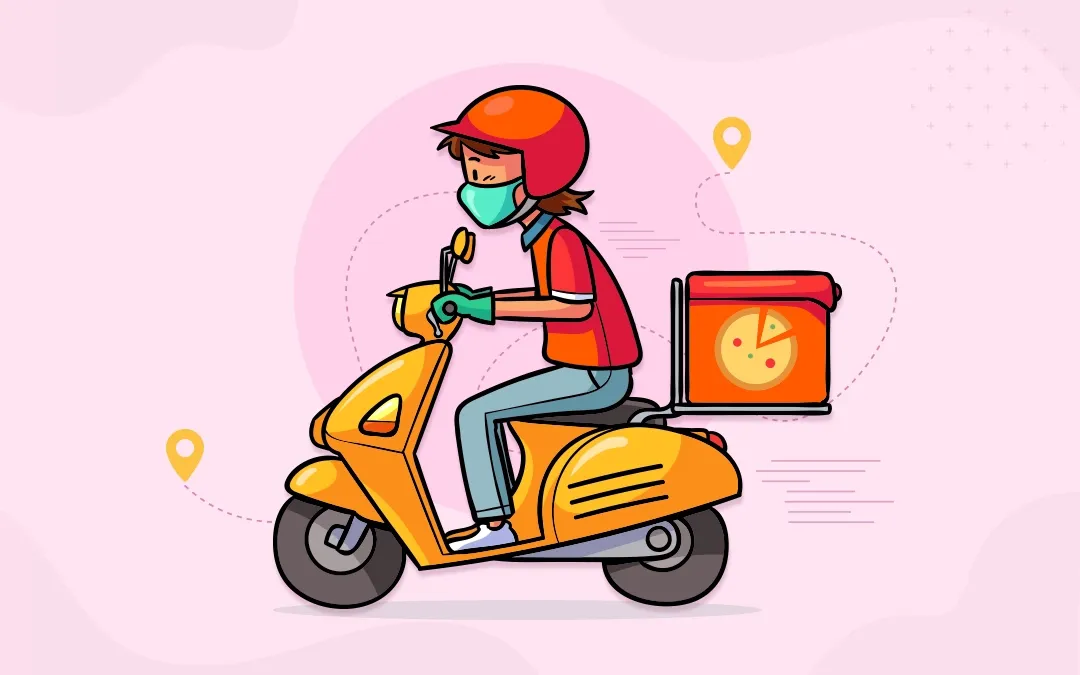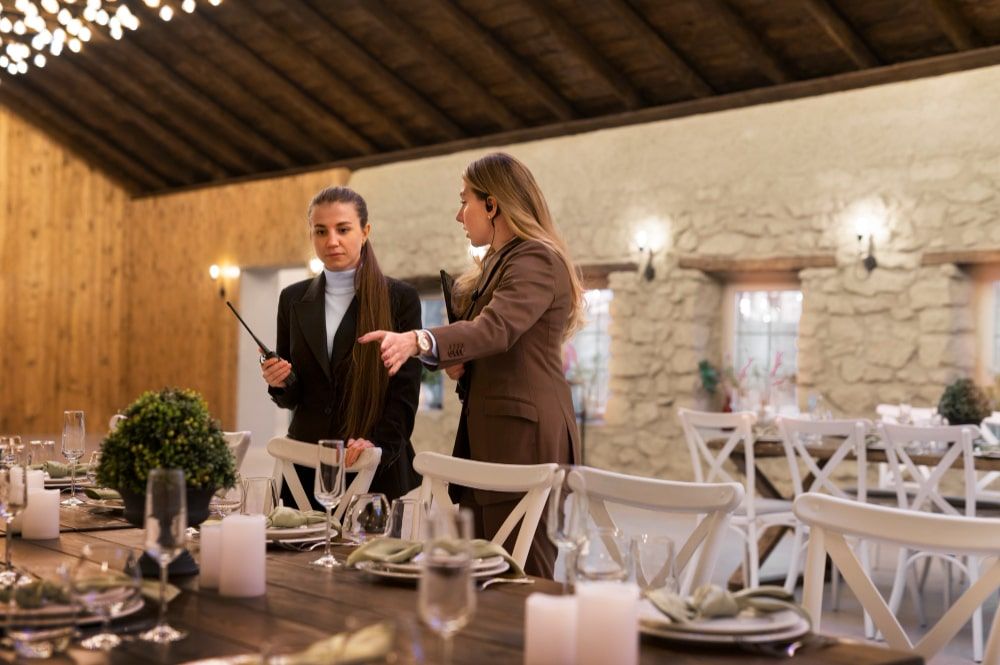
Talabat Clone: Make an Impact on Food Delivery Industry By Launching your Talabat like Platform
This blog provides you with all the end-to-end information about the Talabat clone solution to kickstart your food delivery business.
The food-delivery business in the Middle-East is disrupting with the advent of Talabat and other companies. With technology, the traditional restaurant industry has disrupted giving digitized service. You can find a rising number of ready-made solutions, like the Talabat clone script.
These solutions not only help in setting up the business in a short time but also can automate major and redundant operations of the business. In this blog, find end-to-end information about the Talabat clone solution.
What is Talabat Clone?
Talabat clone is a customizable on-demand food-delivery solution for entrepreneurs. The solution enables entrepreneurs to start a food-delivery business quickly and digitize business operations for restaurant owners.
The Talabat clone solution comes with a mobile app for Eaters and Delivery partners, a web panel for the restaurant, and an admin panel for the business owner. Talabat clone helps in streamlining business operating and automating the ordering process.
What Talabat clone solution benefits entrepreneurs?
When you run a traditional food-delivery business, you sometimes face difficulties tracking the number of orders received per day and knowing the status of each order.
With Talabat clone solution, you can:
-
Manage order information – Entrepreneurs can easily know the number of orders received per day and track the status of each order.
-
View your earnings – Entrepreneurs can view their earnings they make from each order.
-
Manage user’s information – Business owners can find complete information about customers, delivery partners, and restaurants.
-
Set service fee – They can set service fees for customers, delivery partners, and restaurant owners for using the platform.
-
Simple to add new content – Entrepreneurs find it easy to add and edit the content on the website using the content management system.
The extra benefits of the Talabat clone solution are:
-
Scalable – As your business grows, the software has to be powerful to handle all the users and day to day transactions without diminishing its performance.
-
100% customizable – The solution is 100% customizable that enables business owners to add new features or change the look of the website.
-
Quicker to launch MVP – The solution is built having all the necessary features suiting to launch the MVP platform for your food-delivery business.
-
A white label solution – The Talabat clone is a white-label solution. It can be modified to match the brand of your business.
Key functionalities in Talabat clone solution
As said before, the Talabat clone solution comes with two mobile apps for customers and delivery partners, a web panel for the restaurants, and an admin panel for the business owner.
To understand how the solution works, you have to know the functionalities present in each of these mobile apps and web panels.
When we consider customers, their main goal is to make an order by browsing through various food items and restaurants, adding it to the cart, and making the payment.
The core functionalities that should be included in the customer’s app are:
-
Push notification– Push notification allows customers to know the current status of an order without opening the app. Also, they get updated quickly about new offered promo codes, food items, etc.
-
Order management– Through order management, customers can view the details of past and current orders.
-
Rating– Rating helps customers to order food items from quality restaurants. It also helps in knowing the quality of delivery of the assigned delivery partner.
-
Multiple order– Customers can make multiple orders from different restaurants at the same time.
-
Saved location – To quickly make an order from home or work, enable customers to save their work and home location.
-
Multiple payment modes– Give customers a choice to choose their preferred mode of payment. The options can be cash, wallet, and credit/debit card.
-
Promo code– Every business provides special offers to customers. Customers can view the promo codes up to the valid dates.
-
Multi-language– Customers have the option to use the app in their preferred language. The solution offers the most spoken languages, such as English, French, Spanish, Indonesian, Japanese, and Russian.
-
Track orders– Track the status of an order from it gets confirmed till it is received by the customer.
-
Phone number verification– The phone number verification is necessary to order food and reach the delivery partner for further communication.
Delivery partner:
When considering the delivery partner, their main goal in the platform is to deliver the food to the customer. The key functionalities to include in the delivery partner are:
-
Accept/decline delivery request – Delivery partners can accept or decline the delivery request.
-
Online / Offline modes – The delivery partner can go from online to offline or vice-versa.
-
Payout management – The delivery partner can include many payout methods to receive their share of earnings.
-
Detailed delivery partner earnings – The delivery partner can view the earnings they make from the platform. The report includes the earnings made per week and the total earnings.
-
Dynamic routing – This feature helps delivery partners to find the shortest route to the destination i.e. restaurant and customer’s location.
-
Cancellation reason – The delivery partner can choose an appropriate cancellation reason for not able to take a delivery request or order food from the customer.
-
Google map navigation– Google map navigation helps delivery partners with routes to the destination.
-
Upload document – The solution enables delivery partners to upload documents such as their delivery partner’s license, vehicle insurance, and vehicle registration.
Restaurant panel:
The restaurant panel is for the restaurant owners who partnered with the business. Their main job is to receive orders from customers, prepare the dish, and give it to the delivery partner for delivery.
-
Document management – Restaurants can upload documents of their license, local permit, etc.
-
Payout management – They can add numerous payout methods to receive money for their food dishes.
-
Manage menu – Owners can upload the menu of their restaurant and edit it anytime.
-
Order management – They can view the past and current orders received from customers.
-
Preparation time – The owners can set the preparation time of food for every day.
-
Operating hours – This feature enables owners to set operating hours for every day.
-
Earnings history – The owner can view the earnings they made from the platform.
-
Transaction management – The owners can view the transactions that happened on the platform.
How does the Talabat solution work?
The Talabat solution works by interacting with customers, delivery partners, and the restaurant. The workflow path has to be clearly defined, in order to avoid any confusion and misunderstanding between various users on the platform.
**So, let’s see how the solution works for the customers: **
-
First, the customer opens the app, browses restaurants, and adds food items to a cart from a restaurant.
-
The customer chooses the payment and makes an order.
-
They can view the status of the order, and wait for the delivery.
-
The delivery partner is assigned and picks the food from the restaurant.
-
The delivery partner reaches the customer’s location and delivers the food.
-
The customer rate the taste and quality of the food item and also about the delivery.
Here’s how the solution works for the delivery partner:
-
The delivery partner receives a delivery request in the app.
-
They either accept or reject the request.
-
If the partner accepts the request, they view the restaurant location and confirm the pick-up.
-
They reach the restaurant and pick the order up. They are on the way to delivery.
-
They deliver to the customer location and complete their delivery process.
-
The delivery partner shares their delivery experience by selecting the emoji.
Now, let’s see the workflow of the restaurant:
-
The restaurant owner first receives the order request from the customer.
-
The owner accepts the order and prepares the dishes.
-
The dishes are packed for the delivery partner to pick-up.
-
The delivery partner reaches the restaurant and picks the food.
-
The order is safely delivered to the customer.
The revenue model of Talabat clone solution
The revenue model is how the platform is designed to earn profit from the business.
The platform owner earns a small commission from each transaction that happens on the platform. They charge a commission from customers, restaurants, and delivery partners.
One can follow either the traditional flat-fee commission-based model and distance-based fee.
Building Talabat clone with WooberlyEats
WooberlyEats is a customizable and readymade on-demand food-delivery platform built in Flutter technology. As the script is ready-made, one can quickly set up a Talabat-like platform.
The biggest benefit of WooberlyEats is:
- You are the sole owner of the script
- A white-label solution
- Scalable platform
- Engaging user-interface
- Built with modern technologies
Conclusion
I hope this blog was informative and contains all the information about the Talabat clone solution.
If you need more information about WooberlyEats, message us at [email protected].
You can also start your conversation through WhatsApp.






